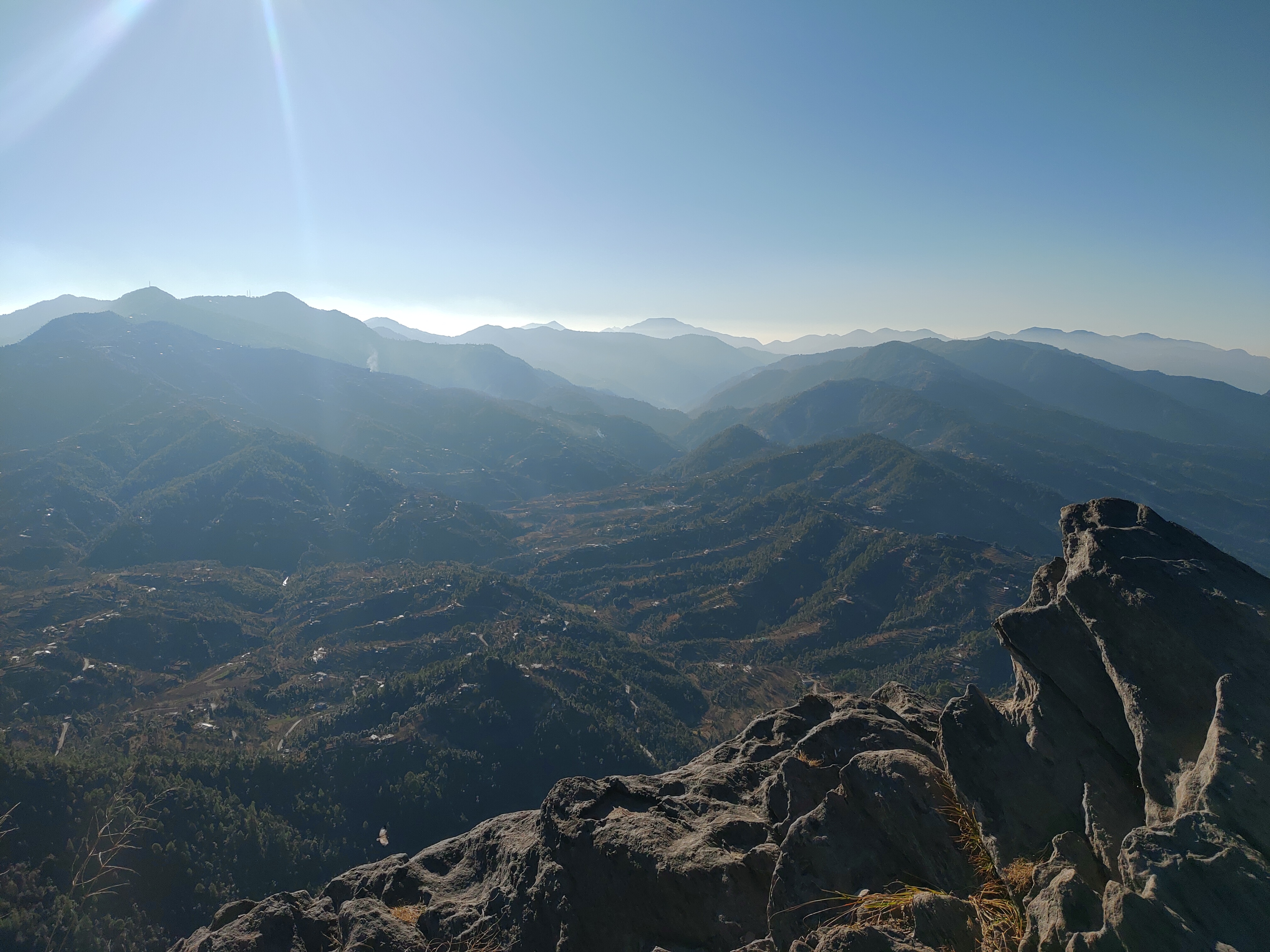
Why Ganga Aarti in Haridwar is a Must-See Experience
By: deveshgar280@gmail.com
Jun 16, 2025 - 12:10Uncategoried
Why Ganga Aarti in Haridwar is a Must-See Experience – A Divine Evening of Light & Devotion
As dusk falls and the sky turns a golden hue, something extraordinary unfolds along the banks of the sacred River Ganges in Haridwar. The air fills with chants, bells echo through the hills, and flames flicker against the darkening water. This mesmerizing ritual is the Ganga Aarti, and for millions, it’s not just a performance—it’s a spiritual awakening. Let’s explore why Ganga Aarti in Haridwar is a must-see experience for anyone visiting India.
Introduction – The Spiritual Heartbeat of Haridwar
What is the Ganga Aarti?
Ganga Aarti is a ritual of light and fire offered to the River Ganges, considered the holiest river in Hinduism. Every evening at Har Ki Pauri, priests clad in saffron robes perform this majestic ceremony using brass lamps, incense, and sacred chants.
Why It’s More Than Just a Ritual
For many, it’s an act of devotion, purification, and gratitude. It's believed that offering light to the river brings blessings, washes away sins, and connects the soul to the divine.
Historical and Mythological Roots of Ganga Aarti
Connection to Lord Vishnu & Shiva
Haridwar is said to be the place where Lord Vishnu left his footprint and where Lord Shiva released the Ganges from his hair. This city has deep ties to ancient Hindu legends.
The Origins of Evening Worship
Offering light (deepam) during twilight hours is an age-old Vedic tradition. The evening aarti signifies a spiritual transition from day to night, symbolizing inner illumination.
The Setting – Har Ki Pauri at Twilight
Sacred Geometry of the Ghats
Har Ki Pauri literally means "Steps of Lord Vishnu." The ghats are built in such a way that the flow of the Ganga aligns with the sacred spot believed to bear Vishnu’s footprint.
The Role of the Ganges
As the Ganges flows through Haridwar, she is revered not just as a river but as a living goddess—cleansing, healing, and liberating.
What Happens During the Ganga Aarti Ceremony?
The Process
Begins with Vedic hymns and mantras.
Priests raise large flaming lamps in circular motions.
Incense, conch shells, and bell ringing intensify the atmosphere.
The Priests and Devotees
The ritual is led by Brahmin priests who are trained in Vedic rites. Devotees join in singing, praying, and releasing floating diyas (lamps) into the river.
Chants, Bells & Diyas
The soundscape is magical: bells, conchs, clapping, and synchronized chants that vibrate in your chest. It’s not just seen; it’s felt.
Best Time to Attend Ganga Aarti
Daily Timings
Summer: Around 6:30 PM
Winter: Around 5:30 PM
Arrive at least an hour early for a good spot.
Festivals and Special Occasions
Kumbh Mela, Diwali, and Ganga Dussehra attract massive crowds and heightened energy.
How to Get the Best View of the Ganga Aarti
Ideal Spots
Right across the Brahma Kund on the steps.
Near the clock tower for a wide-angle view.
Boat Viewing Options
Local boats offer paid viewing—unique perspective from the water.
Arriving Early
For front-row seats, arrive by 4:30 PM during festivals or peak tourist months.
Dos and Don’ts for Ganga Aarti Visitors
| Dos | Don’ts |
|---|---|
| Dress modestly | Don’t interrupt the ceremony |
| Maintain silence during mantras | Don’t litter or throw coins |
| Remove shoes near ghats | Avoid taking flash photography |
Ganga Aarti vs. Other Indian Aartis (e.g., Varanasi, Rishikesh)
| Location | Unique Feature |
|---|---|
| Haridwar | Most synchronized and traditional |
| Varanasi | More theatrical, longer duration |
| Rishikesh | Peaceful, with more chanting and less crowd |
The Symbolism Behind Ganga Aarti Rituals
Fire as Purification
Fire represents purity, energy, and the divine. In Aarti, it's offered as a gesture of surrender to the higher power.
Offering Light to the Divine
The flames mirror the inner light of the soul—the Atma—and invite divine grace into the lives of those present.
Unity Through Devotion
Hundreds of strangers chanting together, offering light, and praying in unison is a powerful symbol of oneness.
How Ganga Aarti Impacts Devotees and Tourists
Emotional Reactions
Even first-timers report feeling overwhelmed, with many moved to tears by the sheer spiritual energy of the event.
Spiritual Transformations
The Ganga Aarti has sparked life-changing moments, inspired yogis, and led skeptics to embrace deeper meaning.
Local Vendors and Evening Bazaar Around Har Ki Pauri
After the Aarti:
Shop for rudraksha beads, prayer items, and handicrafts.
Try local sweets like rabri, jalebi, and peda from street stalls nearby.
Ganga Aarti and Sustainability Efforts
Eco-Friendly Practices
Organizers now discourage plastic offerings, encourage eco-friendly diyas, and conduct daily cleanup drives.
Managing the Crowd Respectfully
Police and volunteers maintain order to ensure both safety and sanctity of the event.
Nearby Attractions to Combine With Your Visit
Mansa Devi Temple – Accessible via ropeway.
Bharat Mata Mandir – Dedicated to Mother India.
Ganga Museum – Explore the river’s history and ecological importance.
FAQs – Why Ganga Aarti in Haridwar is a Must-See Experience
Q1. How long does the Ganga Aarti last?
A: Approximately 45 minutes to an hour, including chants, rituals, and offerings.
Q2. Is there an entry fee for Ganga Aarti?
A: No, it’s free. However, donations are welcome and appreciated.
Q3. Can foreigners attend Ganga Aarti?
A: Absolutely! It’s open to all, regardless of faith or nationality.
Q4. Is it okay to record or photograph the Aarti?
A: Yes, but use discretion and avoid flash. Some areas may prohibit cameras.
Q5. What should I wear to Ganga Aarti?
A: Traditional, modest clothing is ideal. Avoid shorts and sleeveless tops.
Q6. Are there special arrangements for senior citizens?
A: Yes, seating zones and assistance are available, especially during peak days.
Conclusion – A Moment That Touches the Soul
The Ganga Aarti in Haridwar isn’t just a sight to behold—it’s an experience that stirs the soul and ignites the spirit. Whether you're a devout pilgrim, a curious traveler, or a seeker of peace, this one hour on the ghats offers a lifetime of reflection. It's a reminder that light, when offered in love and unity, can dispel even the darkest corners of the human heart.



